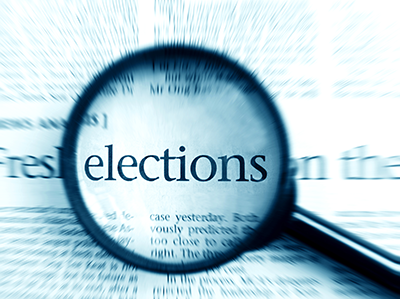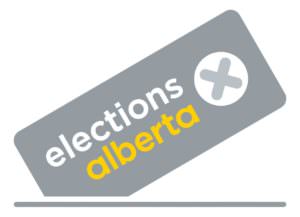A group of Bonnyville students had the unique opportunity to help influence change on a provincial level.
Notre Dame High School (NDHS) was one of seven schools in Alberta chosen to co-author a white paper on climate change. Last week, Gabby Cowan, a Grade 11 student and leader in the environmental sciences group, travelled down to Edmonton to present the students’ ideas to Shannon Phillips, minister responsible for climate change, and Education Minister David Eggen.
“At first it was kind of scary. Once I met them it was really cool, they were happy and optimistic,” recalled Cowan. “So many people had different ideas. There were only two (groups from) rural areas and the rest of the groups were from cities, so it was neat to see the different perspectives based on location.”
Students started on the white paper earlier this year, participating in a town hall session to bounce ideas back and forth with the other schools. Working collaboratively, they developed recommendations in four key areas: curriculum, student learning, infrastructure, and professional development for teachers.
Having written the white paper, each school sent student representatives to summarize the recommendations and present them to the ministers.
“For us, curriculum was a big idea for us because we are now getting an environmental sciences course in our school next year. We were really pushing for it to be Alberta-wide,” said Cowan.
What is a white paper? What recommendations would you present to government in a white paper?
Oelschlagel, K. (June 14, 2016). NDHS student pitches climate change proposals to ministers: Bonnyville Nouvelle.















 Research by Samara Canada shows that many Canadians have stopped using their political voice; nearly 40% of Canadians report they have not had even one conversation about politics in the last year.
Research by Samara Canada shows that many Canadians have stopped using their political voice; nearly 40% of Canadians report they have not had even one conversation about politics in the last year.

 Once the election is called, Elections Alberta recruits election officers and support staff to assist with the election. Albertans who are at least sixteen years old can be appointed to work as an election officer for Alberta elections. Explore information about the roles and responsibilities of election workers
Once the election is called, Elections Alberta recruits election officers and support staff to assist with the election. Albertans who are at least sixteen years old can be appointed to work as an election officer for Alberta elections. Explore information about the roles and responsibilities of election workers 

